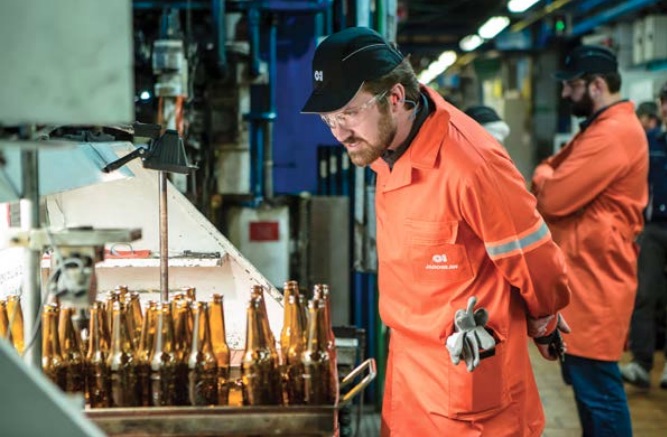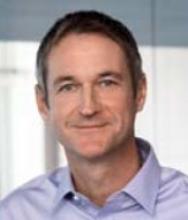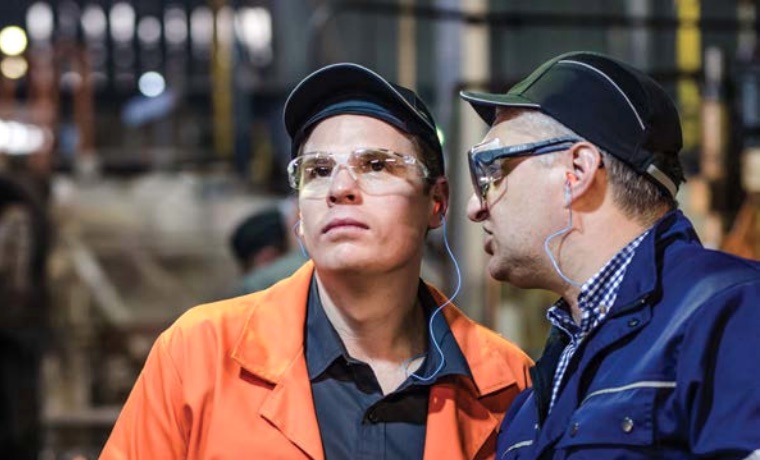GW: In comparison to previous times, how integral now are people to O-I’s strategy?
O-I has been going through a very exciting transformation in recent years, becoming a much more globally aligned business, leveraging the full scale of opportunities in a global enterprise, as well as becoming much more customer-facing and competitive in the market.
O-I already has many pronounced strengths throughout its global business… so we are building on a foundation of great strength. This has always been a business with real pockets of excellence and we are now replicating those areas of strengths and best practices across the globe. This is not a revolution or reinvention for O-I but we’re consciously and deliberately capturing and defining the best of what the company already has. The business is far more networked and connected.
As a modern, progressive global enterprise, best-in-class approaches are also being adopted from other industries, perhaps for the first time into the glass container industry. Our global footprint provides numerous opportunities to roll this out on a large scale.
But for the business to maximise its full potential, Andres Lopez, O-I’s CEO, recognised the need to become brilliant at the ‘people dimension’. His vision is to further strengthen the pride of our people, making sure our culture is a competitive advantage for the organisation. That provided me with an irresistible opportunity to join O-I last year, heading up the global human resources team with a clear, single agenda.
This is genuinely a very good time to be at O-I; it’s a company that is changing, progressing, transforming and building capabilities in a number of areas. It’s an ongoing process and the focus on enabling people to be their very best is front and centre.





